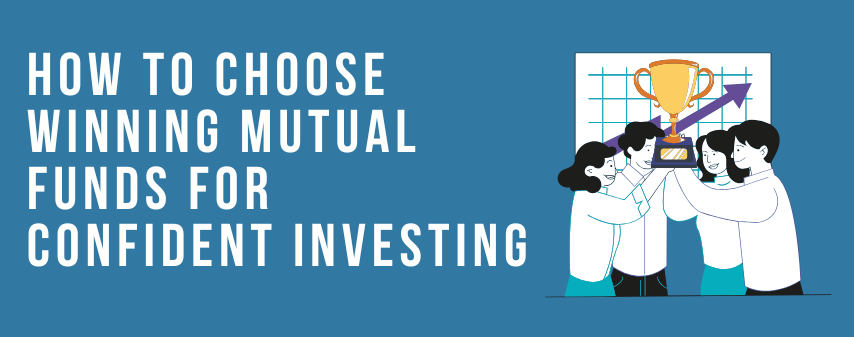Liquidity Trap: How Cash Hoarding Erodes Your Returns

Introduction
In India, millions of households continue to hold onto cash, even as markets deliver impressive returns. The preference for safety over growth may feel comforting, but in reality, this behavior mirrors a liquidity trap—a situation where excess savings and fear of investment slow both individual wealth creation and the broader economy.
While the term has its roots in Western macroeconomic theory, its implications for Indian savers and investors are highly relevant today. Let’s break down how cash hoarding works against you, and what you can do to break free.
What is the Liquidity Trap?
The liquidity trap was popularized by economist John Maynard Keynes, who explained how monetary policy can lose effectiveness when people prefer to hold cash instead of spending or investing. At its core, the liquidity trap describes a situation in which central banks lower interest rates close to zero, yet people still hoard money instead of investing. In theory, cheap credit should encourage borrowing and spending. In practice, it often leads to cash hoarding, especially when uncertainty clouds the future.
Typical Signs: Low interest rates, sluggish demand, and a tendency to hoard money.
Why It Matters in India: Even though India’s repo rate isn’t near zero, the psychology of risk-aversion among savers creates a trap-like environment. Despite rising markets and opportunities, households often keep money idle in bank accounts or under mattresses.
Why Indians Prefer Holding Cash
Indian investors’ cash preference has deep cultural, economic, and behavioral roots:
Fear of volatility: Market corrections often trigger panic, leading people to exit equities and hold cash.
FD loyalty: Fixed deposits and savings accounts are trusted, but returns rarely beat inflation.
Cultural bias toward safety: Gold, cash, and FDs dominate family financial planning.
Waiting game: Many investors hold cash “for the right time” but miss opportunities when markets recover faster than expected.
Economic Implications of Holding Excess Cash
Holding cash feels safe, but it comes with hidden costs:
Inflation erosion: ₹10 lakh sitting in savings loses purchasing power every year. At 6% inflation, real value shrinks quickly.
Lost compounding: Money left idle misses out on the exponential growth of equities or even debt funds.
Opportunity cost: Indian equities have historically delivered strong long-term returns—cash holders miss rallies.
Example: ₹10 lakh kept as cash for 10 years loses ~45% of its real value (due to inflation). The same amount invested in a Nifty 50 SIP could potentially increase or more, depending on market cycles.
Case Studies and Real-World Examples
- The Great Depression and Liquidity Preference: In the 1930s, fear paralyzed economies. Even with near-zero rates, people refused to spend, worsening deflationary pressures.
- Japan’s Lost Decade: Japan’s economy stagnated in the 1990s as consumers and businesses held onto cash despite government efforts to stimulate growth.
- Modern Central Bank Policies: Quantitative easing (QE) in the U.S. and Europe attempted to push cash into the economy. Yet, much of it ended up in savings or reserves, showing how stubborn liquidity traps can be.
What Investors Can Do to Escape the Liquidity Trap
Keep only emergency cash: Maintain 3–6 months of expenses in savings for emergencies, not investment capital.
Use liquid funds for idle money: Park surplus cash in liquid or ultra-short-term funds to earn better returns than savings accounts.
Start a SIP (Systematic Investment Plan): Invest regularly in equity or hybrid funds to benefit from rupee cost averaging and long-term compounding.
Diversify investments: Spread money across equities, debt instruments, and gold to balance safety and growth.
Deploy cash strategically: Use market corrections and RBI policy cues as opportunities to invest instead of hoarding.
Focus on inflation-beating returns: Choose instruments that consistently deliver above inflation, ensuring real wealth growth.
Broader Economic Implications
- Weak Consumption Demand: India’s growth engine relies heavily on consumer spending, which accounts for nearly 60% of GDP. When individuals hoard cash, they cut back on discretionary spending—whether it’s buying a new vehicle, upgrading housing, or increasing retail purchases. This weak demand slows down industries such as real estate, automobiles, and consumer goods, which in turn drags on employment and income growth.
- Lower Capital Formation: Companies depend on both consumer demand and investor confidence to fund expansion. Cash hoarding by households and institutions limits the flow of money into financial markets and banking systems, reducing the pool of available capital. This leads to slower infrastructure development, weaker private investments, and reduced innovation, making it harder for the economy to create sustainable growth momentum.
- Impact on GDP Growth: Weak demand discourages businesses from expanding, which lowers job creation and wage growth, leading to even more cautious saving behavior. This cycle ultimately drags down GDP growth, keeping the economy below its potential trajectory. In a developing country like India—where rapid growth is essential for poverty reduction and wealth creation—the effects are especially damaging.
- Monetary Policy Ineffectiveness: When individuals and businesses refuse to spend or invest, RBI’s liquidity injections and interest rate cuts lose their effectiveness. Even with cheap money available, if confidence is low, banks hesitate to lend and consumers avoid borrowing. This diminishes the power of traditional monetary policy tools, leaving the government with fewer options to stimulate growth.
- Inflation Paradox: While cash hoarding reduces demand and can suppress inflation in the short term, it can also create instability in the long term. When spending eventually resumes in bursts, it can fuel demand-pull inflation, catching policymakers and investors off guard. This volatility makes long-term economic planning difficult.
Conclusion
Hoarding cash may feel safe, but in reality, it erodes wealth and stalls growth. Inflation eats into savings, while missed investment opportunities weaken financial progress. For Indian investors, the smarter path is clear: keep only emergency funds in cash, and let the rest work through SIPs, liquid funds, and diversified investments. In the long run, money grows only when it moves.
Dhanvantree, an AMFI-registered mutual fund distributor, can assist you in building the right investment strategy to break free from the liquidity trap.
Note: Mutual fund investments are subject to market risks. Please read all scheme-related documents carefully before investing. The past performance of the schemes is neither an indicator nor a guarantee of future performance.









